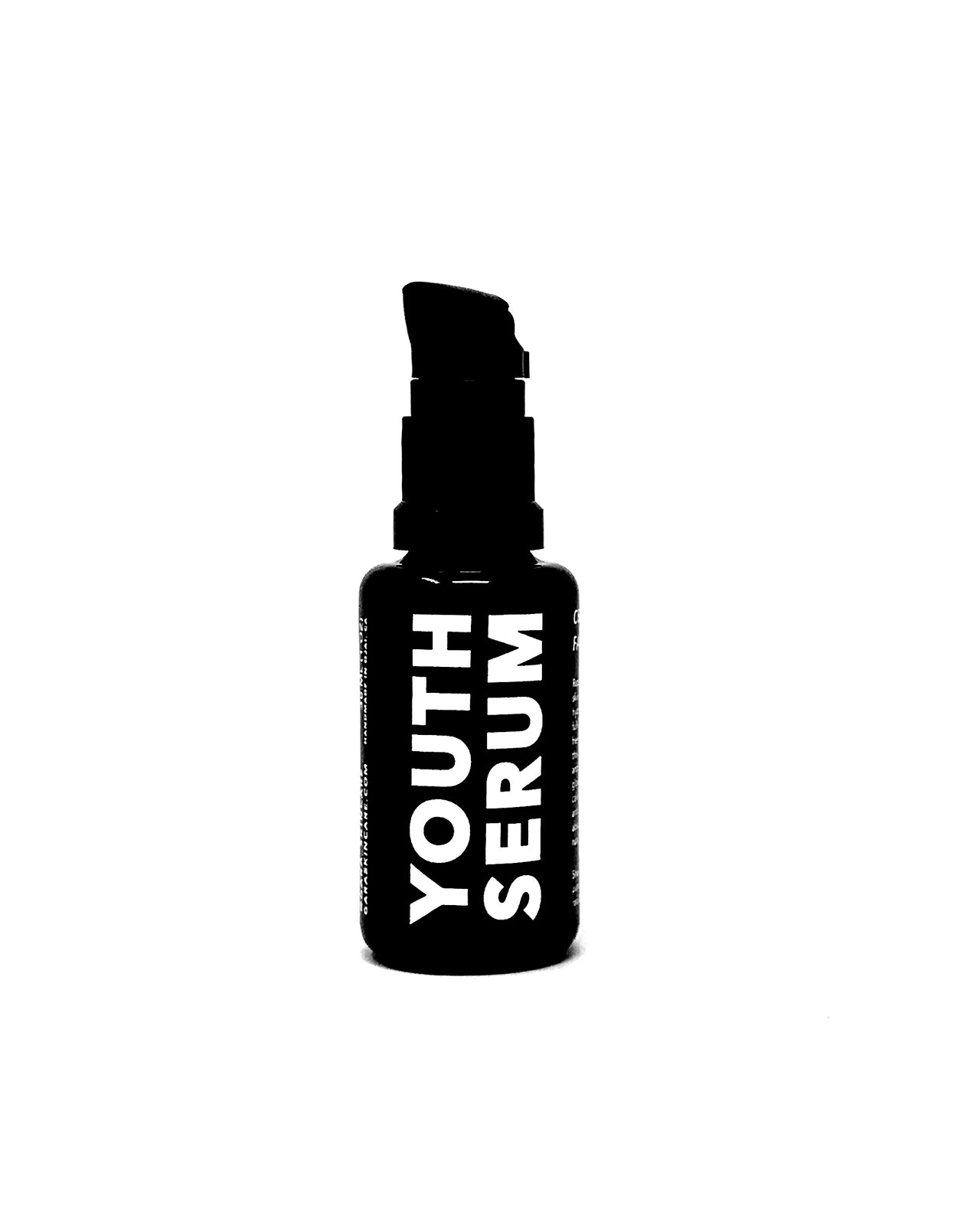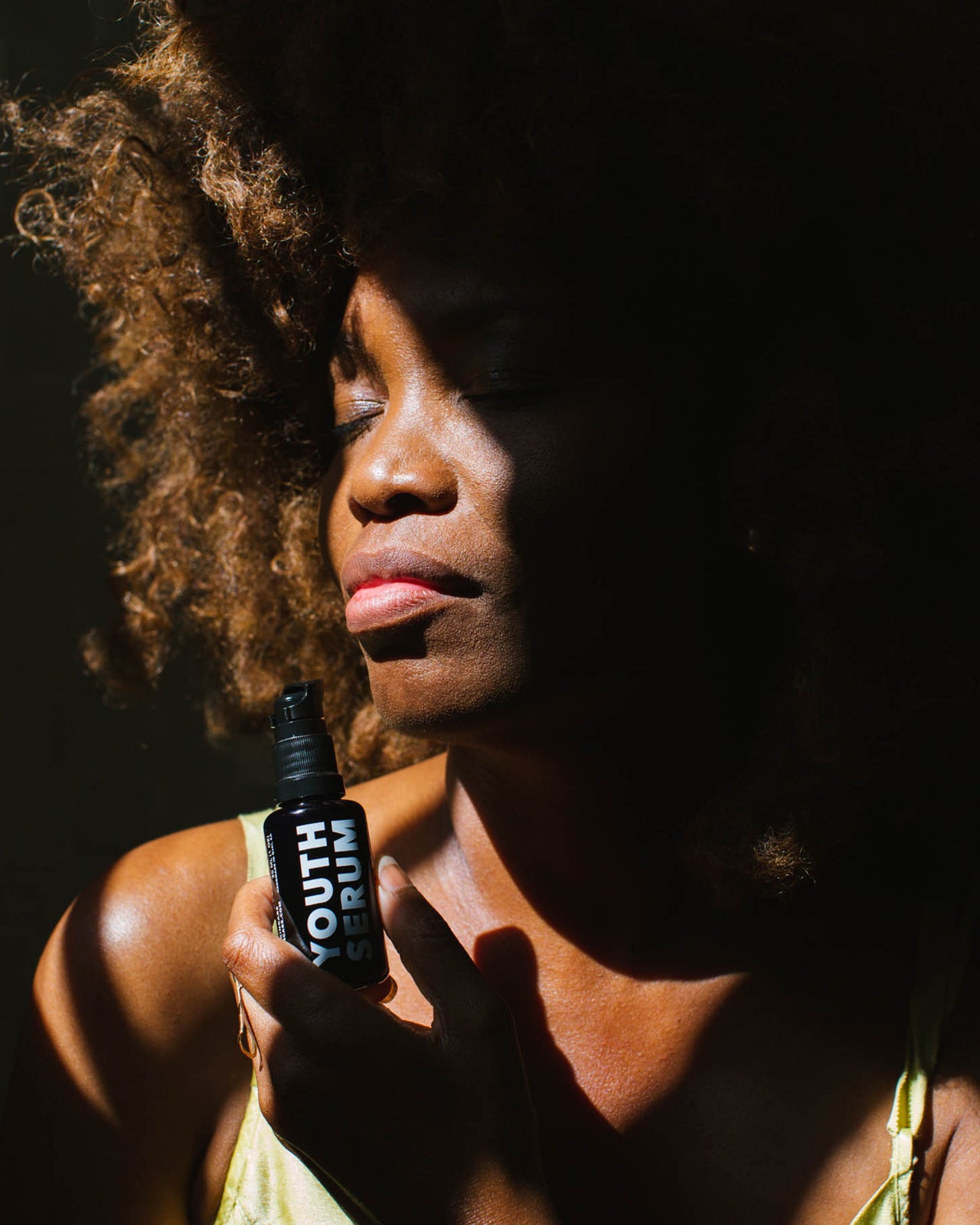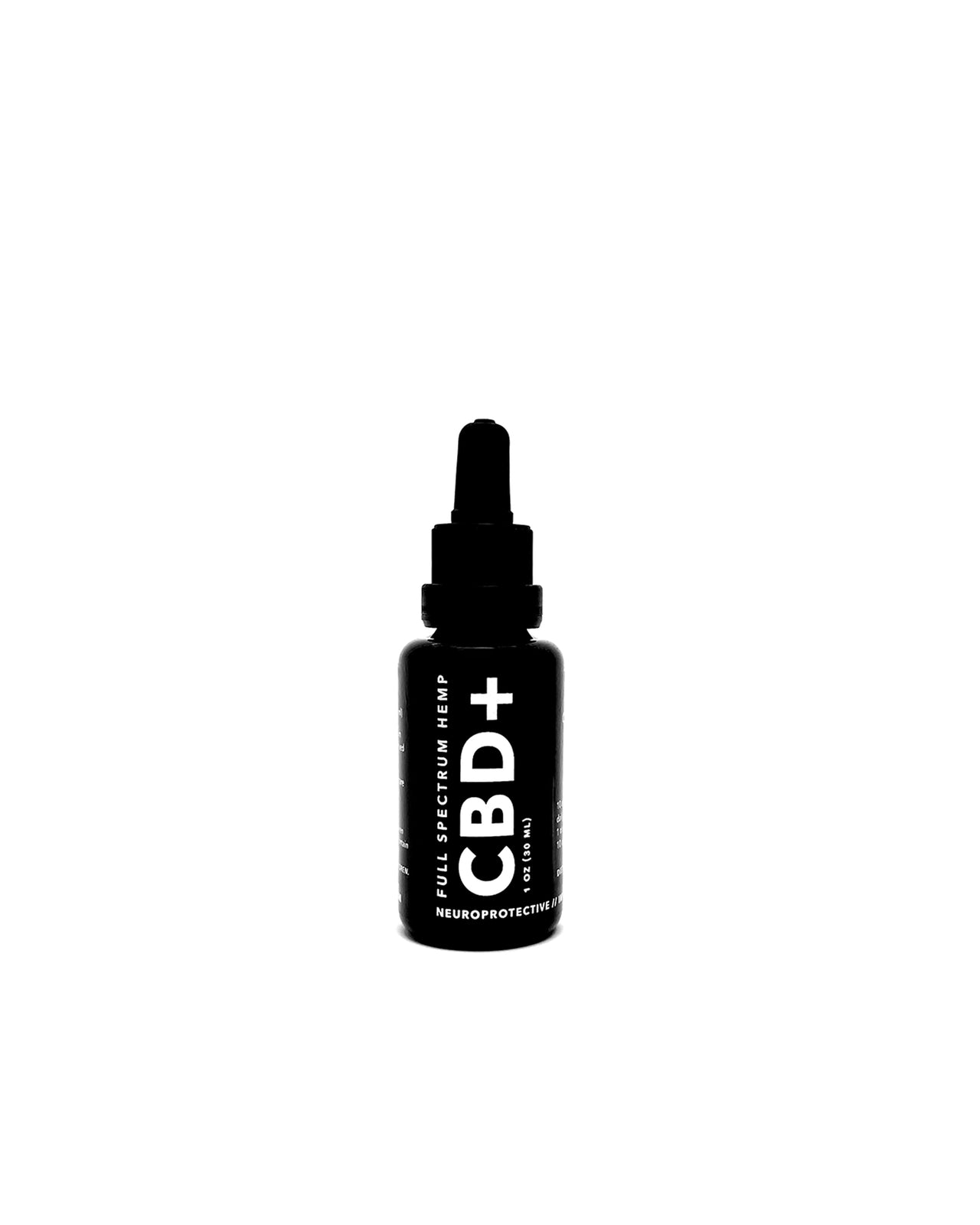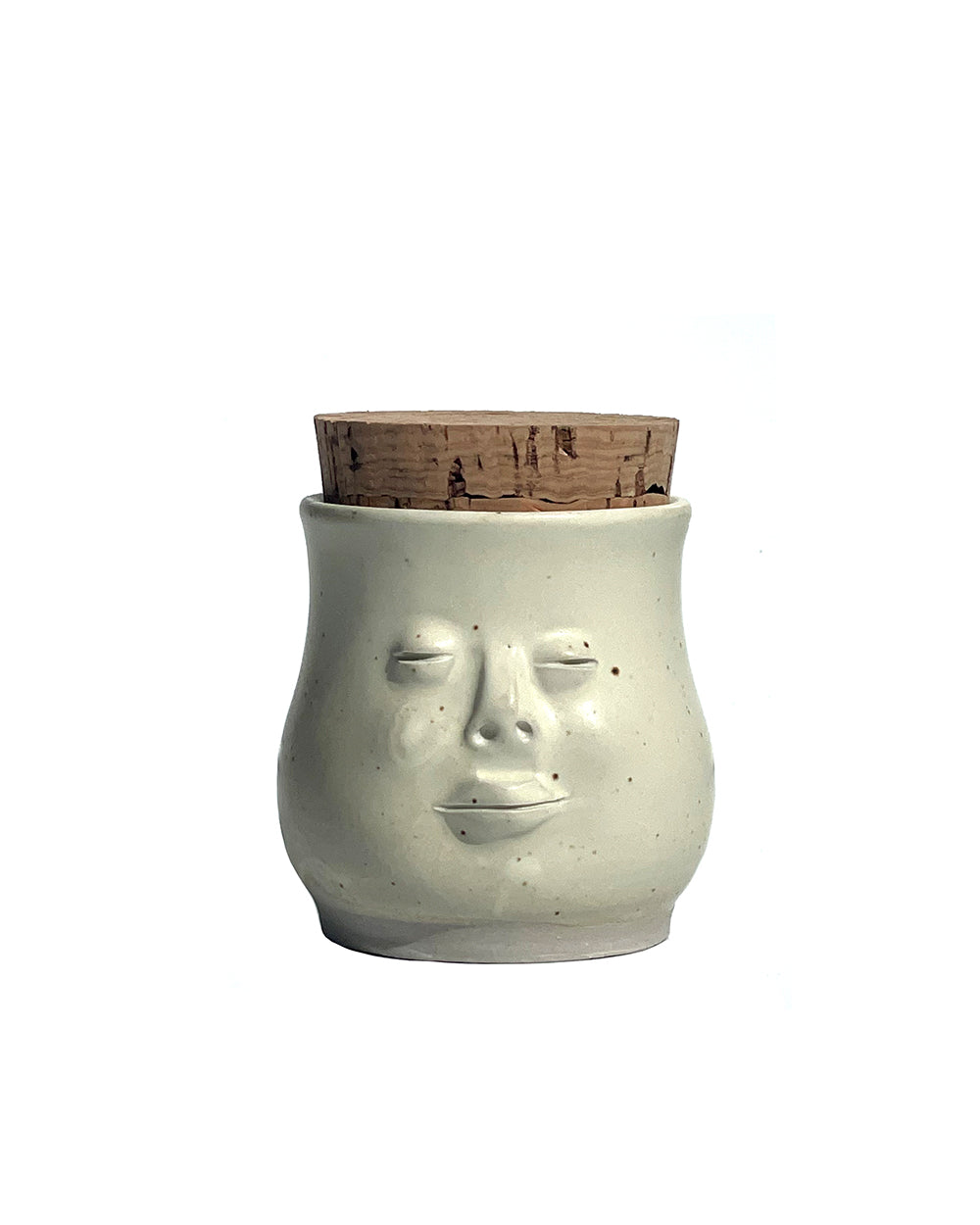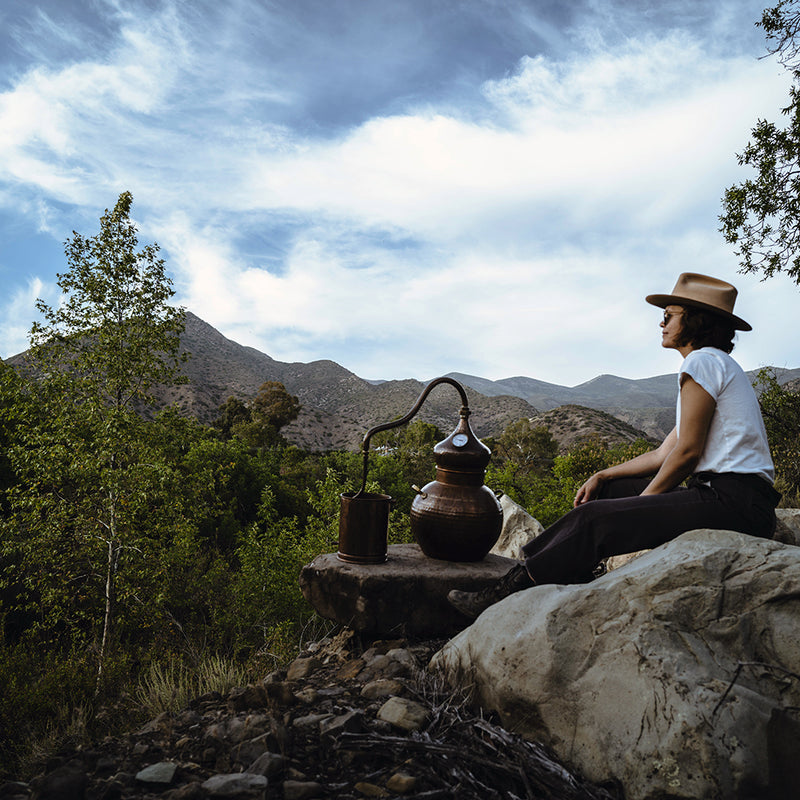This particular interpretation of the winter solstice comes from the musings of Clif High and the Oera Linda Codex.
We are in the season of Yule. It is the longest night - shortest day of the year.
The first recorded use of the word Yuletide came from the Norse, “a medieval North Germanic ethnolinguistic group ancestral to modern Scandinavians.” The Norse were a sea faring people and the ebb and flow of the tides was one of the most important aspects of life. During the winter solstice, the tides replicate for 3 days. For these 3 days the tides are very still, almost unchanging. In the time of Wodan, or Odin, prior to any christian influence, the Yuletide was not a sole day, but a period that went for 3 days, from December 25 to December 28.
Sol-stice : sun in stasis; the sun standing still naturally effects the tides of the oceans. In these times of what we sometimes call mythology, the Saxons, Norse, Celts, Fins and other tribes of Northern Europe believed that the earth took two breaths per year. Inhale. Exhale. Inhale. Exhale. And this the four seasons. We are here at the time of the last exhale, the final breath of the year. The name Odin, Woutan (Odin, Wodan) - has origins in the English verb: breathe, to breathe. These breaths are reflected as seasons, and shown in astrology and astronomy.

On these 3 days of the sun standing still, the darkest night of the year, it was custom for the Northern Germanic tribes to participate in a night of sacrifice. They revere this night as a holy night, a night to sacrifice sin and crime. They described a sin as a personal pollution of one’s being by behavioral or thought actions. A sin is a personal contamination, one that must be healed, sacrificed, in order to maintain the health of the tribe. It was also custom to atone for one’s crimes, which are defined as an action of damage done to others. So in healing oneself, you actually heal the tribe. It is in the ritual where things get much more interesting.
Here we find a new word, Modraniht - translating as “mother’s night.” The shamanic women of these tribes would hold a ritual ceremony, for three nights. From December 24 through the 26, anyone who had sinned or committed a crime must come to the women to be given a psychedelic mushroom elixir or more likely mead, to be washed free and clean of their sins. Each who attends the ritual makes it a point to sacrifice oneself, give up your own sins and thus this night became known as the night of sacrifice. Shedding sins is what keeps the culture intact as a whole, healing yourself means healing the community. Yuletide was a time of reconciliation of sins and crimes. After this night, each would go out into the world and atone to those who they had wronged. One was absolved of the offenses they created the year before.
The tribes of norther Europe lived and practiced what we now call “paganism or gnosticism.” Both words do a disservice to the authenticity of these cultures. And if we look hard enough through history, we see that the stories we hear today and read about in history books are not always whole truths. These tribes did not believe in slavery. At their core, many of these were more egalitarian than many cultures that exist today. It was because of this, that the history we are told is different than the history that actually happened.
As the Holy Roman Empire began to expand its territory, the Byzantine rule eventually overcame these smaller tribes. It is because of the Byzantine Empire, that “mother’s night” became a night of human sacrifice rather than its intended personal, internal sacrifice. And after they had slaughtered millions of women throughout Northern Europe for practicing “dark, healing arts” they turned their atrocities into those of the women they slaughtered. The empire was so afraid of the power of this ritual that the genocide of these women lead to the outlawing of medicinal beers all together in the 1500s. History was told, one of a “superstitious and primitive” people living in these tribes, when in reality, they were more sophisticated and evolved than we are today. To understand that helping the ones who sin, both against others but also against themselves, they are the ones who must be healed. They are the ones who hold the key to balance and harmony in the community. It leads us to another curious thread, the healing power of the psychedelic mushroom which was also practiced by the Siberian tribes around the same time frame.
So you see here we have the psychedelic mushroom, once again making its appearance on the winter solstice. Interestingly enough, the mushroom effects the linguistic centers of the brain. In the codex, the beliefs of many of these tribes are described. And when we find the word sin in these writings, we learn that the original sin is “name stealing.” This can be interpreted in many ways but essentially they believed that the biggest sin, the most harm one can cause to oneself or to others, is telling a lie. This is the deepest alteration of language itself. Being an advanced and as wiki states “a medieval North Germanic ethnolinguistic group ancestral to modern Scandinavians,” it is no coincidence that this was through to be the original sin. The Mother’s Night ritual was meant alter the inner relationship with words to heal the individual and the culture. And that is why it was so powerful.
After these past two years, I can clearly see how history is told rather than recorded. We have been living through an incredible time, globally experiencing things we have never experienced before. In this my own experience, I see name stealing. I am witnessing the lies and the destruction they have caused. And in this witnessing, I must first hold myself accountable. I must heal myself to heal the tribe. My intention this year is of that, impeccability of my words. Of my thoughts and actions both to others and myself.
I found this such an interesting history to ponder and I cannot take much credit for the content of this post. I did my best to distill the words of Clif, into a digestible story, one that I am still meditating on. Blessings to you in this yuletide, these three days of unwavering stillness. In the time of darkness, may we find our way back to the light. Our own inner light, ready to provide warmth and integrity first to oneself, and then to others. May we find simplicity in the chaos. And wisdom in the darkest moments so that we may all heal each other to move forward into the light. Dance it into existence with our Yule Tide playlist.
Images:
Odin, artist unknown
Alois Delug’s The Norns, Oil on canvas (1895)
Mushroom; Lithographs from M. E. Descourtilz’s Atlas des Champignons (1827)




